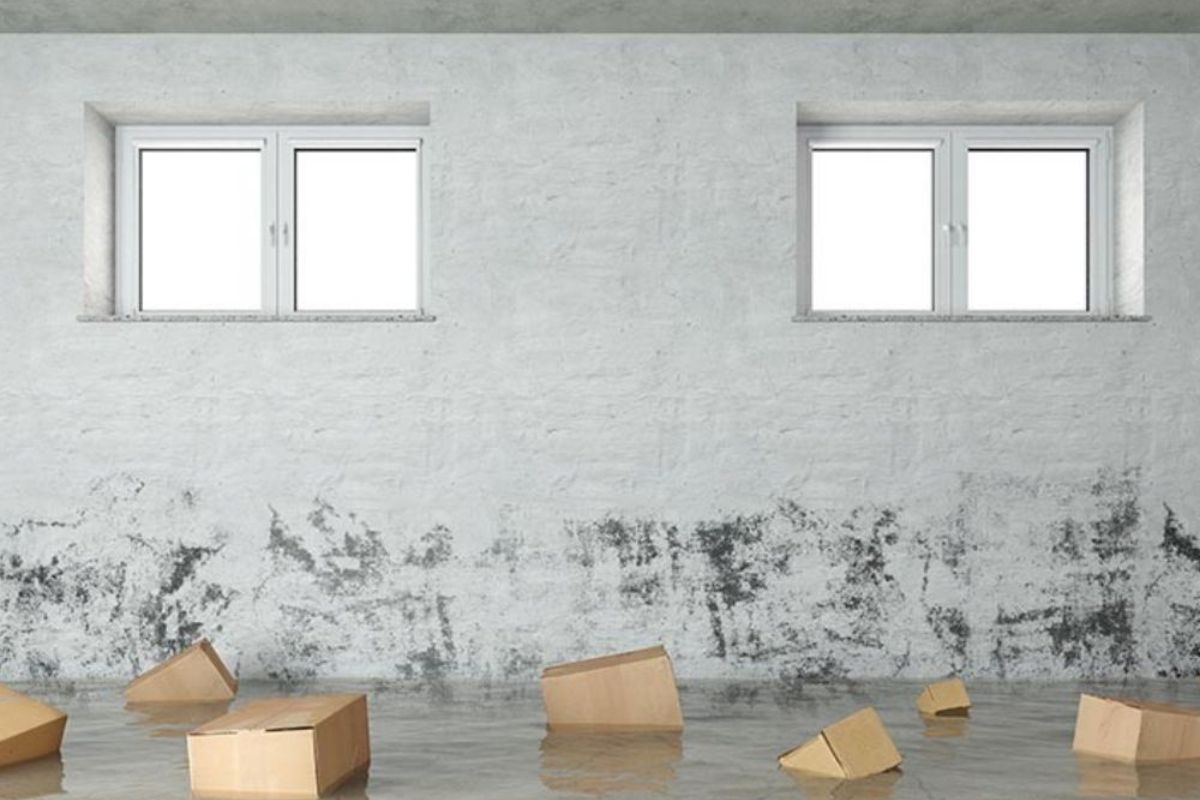What is the best basement waterproofing system? This is a crucial question that requires the right answer for your peace of mind and health. Nobody would argue that moldy basements smell bad, but they can also cause serious health issues.
Some of the benefits of waterproofing a basement include:
- Better overall indoor air quality
- Reduced risk of structural damage
- Eliminating mold and mildew
However, it’s important to remember that there is no single solution for basement waterproofing. The type of foundation, your home’s location, and the reasons for the water will influence which solution works best for your circumstances.
Read on to learn more about some of the most common solutions for waterproofing basements so you can make a more informed choice.
Exterior Foundation Waterproofing: Effective But Costly
Many homeowners, after inquiring about what is the best basement waterproofing system? conclude that waterproofing the foundation on the exterior is best. The most common ways of doing this involve an underground trench drain or membrane and polymer coatings. However, a combination of both methods is also possible.
One of the advantages of this method is its effectiveness, especially in settings with yards that have a lot of standing water after rainstorms. However, the cost is a potential problem for some property owners. Using this method requires an excavator, which is expensive and has some safety issues during use.
If the trench drain clogs, this can cause water to back up into the basement, creating another expensive problem to fix. Homeowners considering this method will likely need to consider whether their existing outdoor drainage works well enough to justify its use.
What is the Best Basement Waterproofing System? How Does Interior Drainage Fit In?
If you’re considering a less disruptive, more cost-effective option, interior drainage may work best. Most homes are great candidates for indoor drainage options with minimal modifications.
Most interior drainage options use a French drain, involving a trench dug along the basement’s interior perimeter. The trench works along with the drain and a sump pump to push water out of the basement.
Depending on the circumstances that caused previous leaks and the layout, your basement might be a candidate for a hidden drainage channel. These channels work the same way as perimeter trenches, using a drain and sump pump.
When Are Sealants and Epoxy Injections Ideal for Basement Waterproofing?
What is the best basement waterproofing system? Many would say that sealants and epoxy injections fit the bill if more expensive repairs aren’t on the horizon.
Sealants work on unpainted concrete basement walls to help keep the water from seeping into the basement from outside. However, it’s important not to use sealants over efflorescence or the white mineral deposits found on many basement walls.
Epoxy injections are very effective in dealing with cracks in basement walls. However, a downside is that the material may expand and crack over time, leading to further repairs.
A possibility that many property owners may want to consider is using a combination of drainage, sealant, and epoxy to waterproof a basement. For these solutions to work best, repairs should be taken care of first.
How Do You Decide Which Waterproofing Method to Use?
Whether a temporary fix or a long-term solution works best is a decision you’ll want to make in consultation with a foundation specialist. Everyone wants to avoid more costly repairs down the road. Olson Foundation Repair handles everything foundation-related, including drains and sealants, so you have a better idea of your best options.
If you’re looking for answers to what is the best basement waterproofing system? Contact us to find out what options are best for your property.

